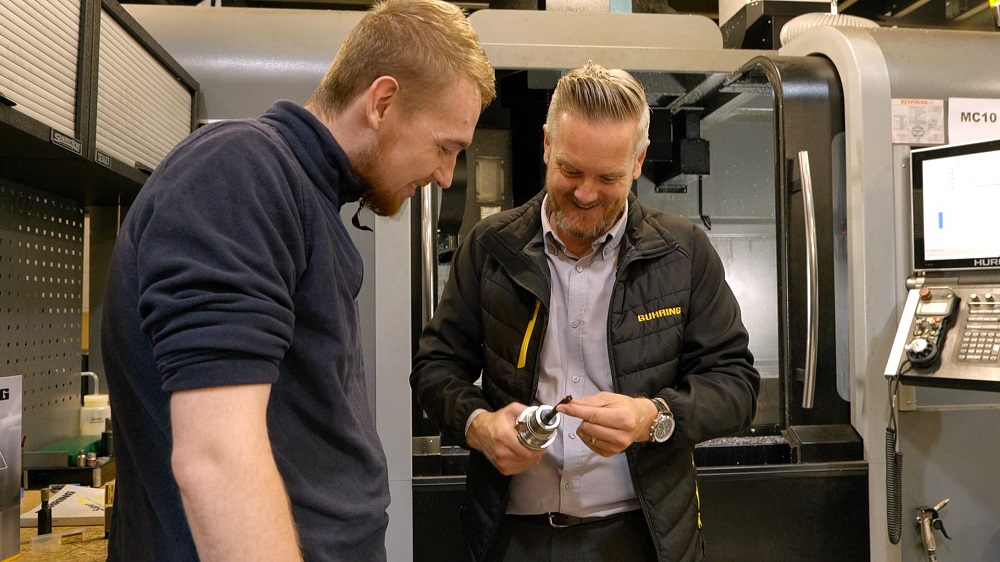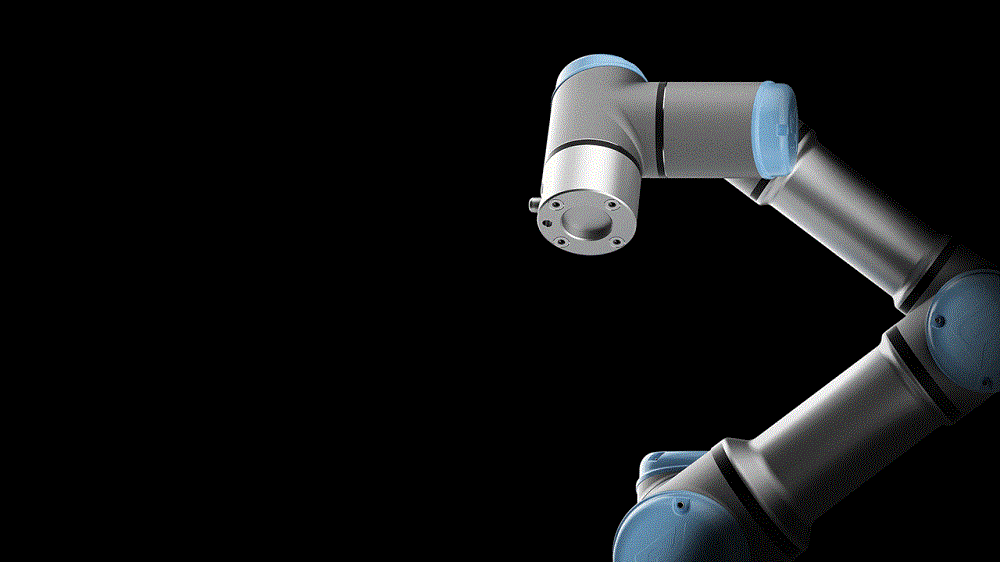To overcome various machining challenges and boost productivity, Seco has introduced new extra-long solid-carbide drills,PCBN inserts, round carbide inserts and tool holders. These products are aimed at applications ranging from general ISO turning to high-volume hard turning and deep-hole drilling.
Manufacturers that drill holes at depths from 40xD to 60xD want to lengthen tool life and reduce tooling costs. Here, Seco says that its new X-tra Long solid-carbide drills provide more than 15% more tool life than other available solutions. Innovative tool geometry and coating technology eliminate chipping and sudden breakage, while minimising flank and centre wear.
According to Seco, the company’s two new PCBN insert grades offer optimal performance in the high-volume production of automotive and other industry components. With a substrate grade and proprietary Seco nano-laminate PVD coating,CH1050meets high surface quality requirements, while CH2581 achieves greater process stability and reduced tool breakage with a versatile, forgiving grade for semi-interrupted cuts.
Many round turning inserts suffer from poor chip control, but Seco’s MF2 chipbreaker on RCGT/RCMT inserts maintains favourable chip control at higher speeds and feeds, especially with dynamic turning. One series of stable, durable carbide round insert grades handles a wide range of turning operations from roughing to finish turning.
Seco has also utilised its proprietary 3D-printed coolant clamp to deliver Jetstream Tooling high-pressure cutting fluid directly to the cutting edge. With a range of single-screw coolant clamp options for specific applications and depths of cut, Seco-Capto MTM JETI toolholders for general ISO turningprovide fast set-up and indexing, making chip control less of a challenge on 45° B-axis multi-tasking machines.
For further information www.secotools.com



















